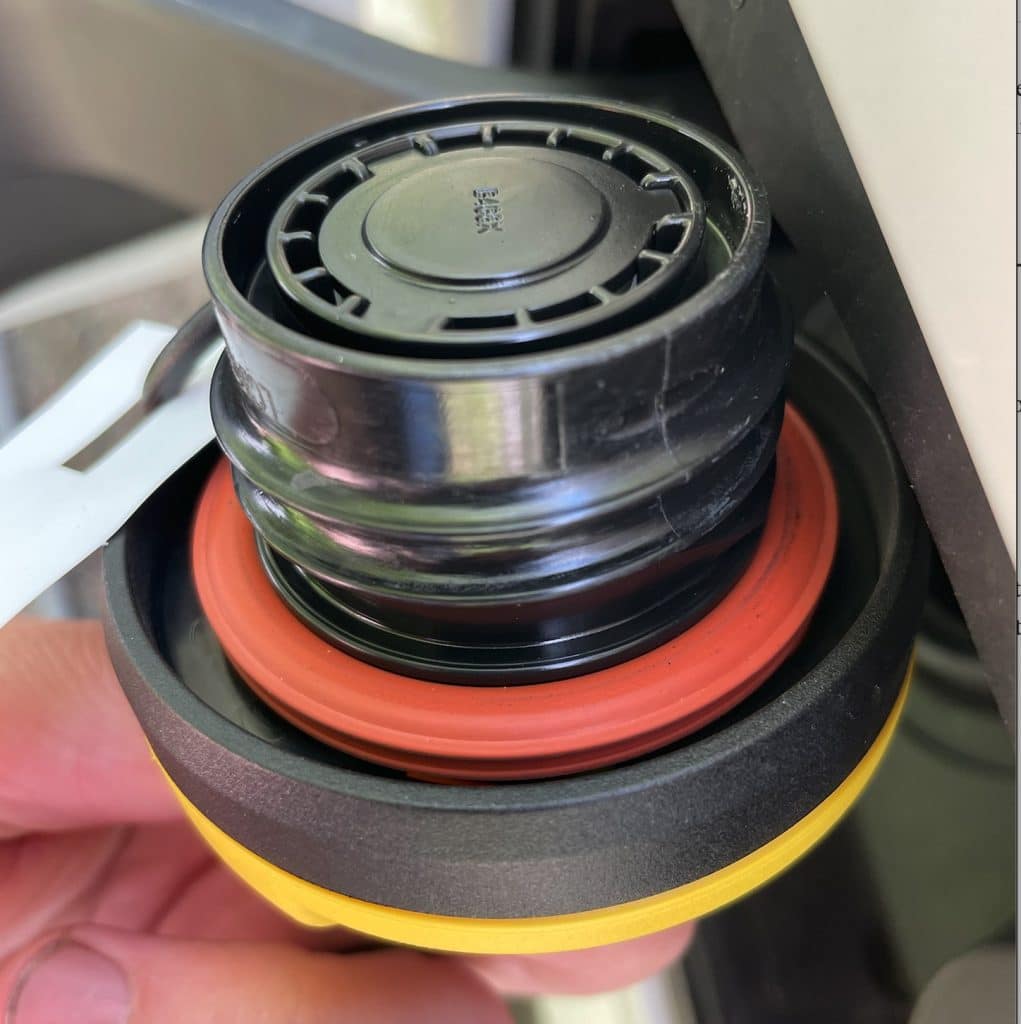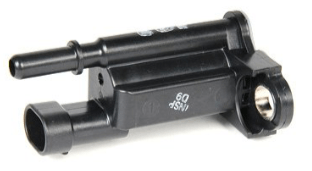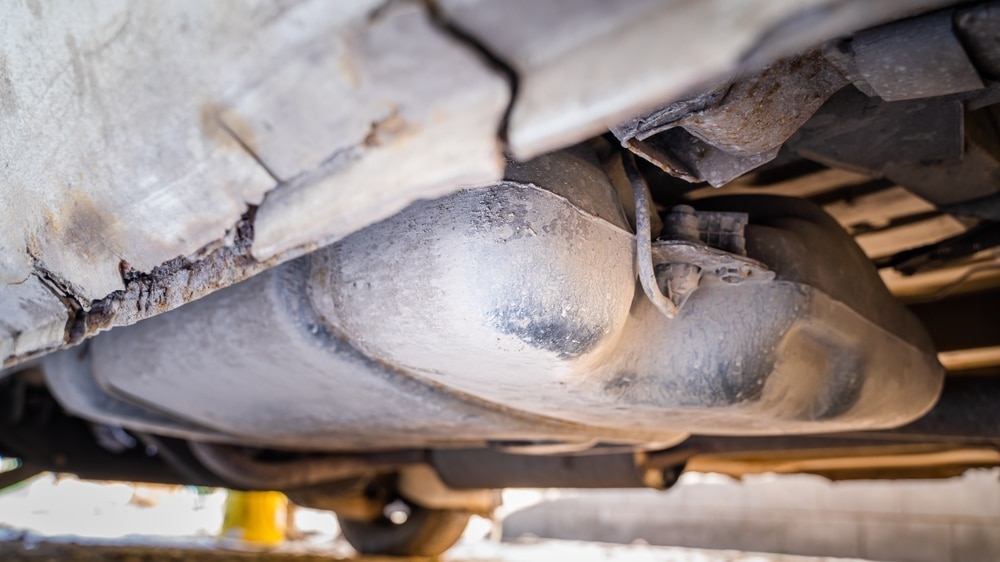
A prevalent issue with the Toyota 4Runner is the P0446 code. This code corresponds to a specific number obtained when connecting your 4Runner to an OBDII scanner.
A faulty vent control valve most commonly causes P0446.
| Definition | P0446: EVAP System – Vent Control Circuit – Malfunction |
| Symptoms | Usually none |
| Common Causes | Bad EVAP Vent Control Valve |
| Breakdown Risk? | No |
| Repair Cost (Parts) | Under $100 for most common parts |
| Repair Difficulty | Moderate |
Table of Contents
P0446 Definition

P0446 is a standard OBDII trouble code, applicable to any make or model of vehicle, whether it’s a 4Runner or not.
Here’s its technical definition:
P0446: Evaporative Emission Control System → Vent Control Circuit → Malfunction
In layman’s terms, P0446 indicates a problem with the EVAP system vent control valve.
It often appears with other error codes, such as P0420, P0441, or P0440.
The definition encompasses three components: first, the extensive system impacted by the code; second, the specific segment; and third, the nature of the error.
1. EVAP System
The EVAP system captures all fuel vapor from the fuel tank and sends them to the engine’s intake manifold to be ignited in the normal combustion process.
2. Vent Control Circuit
When the EVAP vent control valve regulates and helps maintain pressure in the Toyota 4Runner’s fuel tank.
It is usually closed during regular operation, which helps prevent any fuel vapors from escaping into the atmosphere.
3. Malfunction
The P0446 trouble code will appear when the vent control valve is not responding to prompts to open and close from the PCM (Powertrain Control Module).
Toyota 4Runner P0446 OBDII Code Symptoms

Typically, the only symptom of P0446 will be the check engine light.
The only other symptoms of P0446 in the Toyota 4Runner are a slight decrease in fuel economy. However, P0446 may also cause a gas smell.
4Runner P0446 Trouble Code Causes

There are many things that can cause the P0446 trouble code to trigger in your Toyota 4Runner.
Here are the most common problems that will throw the code:
The most common causes of P0446 are:
- A Faulty or failed EVAP vent solenoid
- Clogged or blocked EVAP charcoal canister
- Damaged or corroded EVAP system wiring or connections
- Failed EVAP pressure sensor
- Malfunctioning EVAP purge solenoid
- Bad fuel cap
- Leaking gas tank (it can lose pressure from the top without losing gas)
P0446 Diagnosis- Toyota 4Runner

It can be tough to diagnose P0446 at home.
A mechanic has many instruments at his disposal to diagnose what would be causing the P0446 in your Toyota 4Runner.
Here are the most common things that are done to diagnose the code:
- Check the EVAP vent solenoid – This is the most common cause of P0446, so it’s a good place to start. Check for any damage or corrosion to the solenoid, and if necessary, replace it with a new one.
- Check the EVAP charcoal canister – If the solenoid appears to be functioning correctly, check the charcoal canister for signs of blockage or damage. Replace the canister if necessary.
- Check the EVAP system wiring and connections – Faulty wiring or corroded connections can cause the EVAP system to malfunction, so it’s essential to check these components.
- Check the EVAP pressure sensor – If none of the above steps have resolved the issue, check the EVAP pressure sensor to ensure that it’s functioning correctly.
- Check the EVAP purge solenoid – Finally, if none of the above steps have resolved the issue, check the EVAP purge solenoid. While this is less common than the other causes, it can still cause P0446.
- Inspect the gas cap – Make sure that it can handle pressure. If you are getting a warning that your gas cap is off, even when it’s on, replacing it will more than likely clear this code.
The fuel tank pressure will be checked and monitored. If you’re at home trying to diagnose P0446, you can use a little anecdotal evidence to determine if the vent control valve is stuck shut or not.
Do you notice a loud hissing when you take off the fuel cap? If so, that indicates that the vent control valve is stuck shut.
It’s important to note that the exact order of diagnosis may vary depending on your 4Runner’s model year and engine/transmission options.
Common P0446 Fixes

Here are the most common 4Runner P0446 fixes:
- Gas cap replacement
- EVAP line replacement
- Replace charcoal canister
- Replace the fuel tank
- Replace the vent control valve
Of all the items listed above, it would be wise to start with the gas cap and work your way to the fuel tank since the gas cap is far and away the easiest and least expensive item to replace on the list.
How to test your gas cap (Youtube).
Faq’s
Is it safe to drive with P0446?
It is safe to drive your 4Runner with error code P0446. The vent control valve does not affect how your vehicle’s engine runs.
However, like any OBD II code, you shouldn’t ignore the problem and repair your 4Runner as soon as possible.
Where is the vent control valve located on the Toyota 4Runner?
The vent control valve can be anywhere close to the charcoal canister, depending on the model year and options chosen when built.
It’s easy to find. There will be a tube going from the gas tank to the charcoal canister. The charcoal canister will have two tubes exiting it One tube leading to the engine and one going back to the gas tank. The vent control valve will be next to these tubes on the charcoal canister.
What is the most expensive item to replace on this list?
The fuel tank is the most expensive item you would have to replace to repair error code P0446. But, it’s rarely the cause of P0446 in the Toyota 4Runner.
Conclusion
P0446 is a diagnostic trouble code (DTC) associated with a vehicle’s evaporative emissions control system.
It signifies an issue in the vent control circuit in your Toyota 4Runner’s EVAP system, which prevents fuel vapor from being released into the atmosphere.

